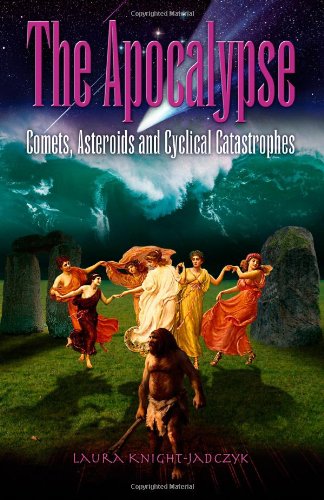_http://www.walesonline.co.uk/news/wales-news/2013/03/09/stonehenge-was-glastonbury-of-its-day-but-was-not-built-for-astronomy-91466-32950367/Stonehenge
Stonehenge
The journeys made by the ancient people who carried its enormous stones are well known.
But researchers now claim men and women came from across Britain in their thousands to build Stonehenge and celebrate the winter solstice.
Experts suggested the gatherings were something like “Glastonbury festival and a motorway building scheme at the same time”, as people spent periods of time each year constructing the site and celebrating massive communal feasts.
The findings overturn the belief that Stonehenge was built as an astronomical calendar or observatory, Professor Mike Parker Pearson from University College London said.
It suggests the act of building monuments was key to those who constructed the site, uniting people from across the island of Britain.
The findings come after a decade of research which included excavations, laboratory work and the analysis of 63 ancient human remains.
The most startling discovery was the scale of the settlement at nearby Durrington Walls, which Prof Parker Pearson described as the “largest Neolithic settlement in the whole of northern Europe”, which would have had about 1,000 houses.
This has led the team, whose findings are being revealed in a Channel 4 documentary, to conclude 4,000 people would have gathered at the site – a huge number given that Britain’s population is estimated to have been only tens
of thousands at the time.
By testing cattle and pig teeth found among 80,000 animal bones at Durrington Walls, Prof Parker Pearson and his team discovered people travelled with their livestock from as far away as the Scottish Highlands to Stonehenge.
They have also established that there was a peak in killing the animals around nine months after their spring births, which points to the winter solstice being a time of mass feasting.
A second, smaller peak in the slaughter of the animals occurred around the summer solstice, showing people also celebrated then.
Prof Parker Pearson said he believed that people would have gathered from around the country for a burst of activity to work on constructing the site around the solstices, particularly in winter, and then dispersed again.
Evidence of annual repairs and the digging of pits for new plaster for the houses suggests that, as these were not done more than 10 times, Stonehenge was
built over a very short period of time, probably only a decade.
Prof Parker Pearson said: “What we have discovered is that it’s the building the thing that’s important. It’s not that they’re coming to worship, they’re coming to construct it.
“It’s something that’s Glastonbury festival and a motorway building scheme at the same time. It’s not all fun, there’s work too.”
The team’s decade-long work has confirmed there were two Stonehenges, with the first a large circular structure constructed around 500 years before what we know of as the site, which was a cemetery for high-class families.
As a result of the scientific analysis they have concluded the second Stonehenge was built slightly earlier than previously thought, 4,500 years ago rather than 4,300 years ago.
This gives a clue to the decline of Stonehenge, as it means it was built before the arrival of the “Beaker people”, who arrived in Britain from the continent around 4,300 years ago.
The Beaker people brought metal, the wheel and a less centralised political culture to Britain, bringing an end to the mass monument building of the Ancient Britons.
Prof Parker Pearson said his research would now focus on looking at the sources of the stones used at Stonehenge, exploring both the local site and the West Wales area where stone was brought from.
It seems like the people concerned were big meat eating party goers dancing around the rocks. Sounds familiar. :)

Maybe they weren't so much concerned about using Stonehenge as an astronomical calendar or observatory with regards to planets and stars but in tracking possible incoming ruinous space rocks?
